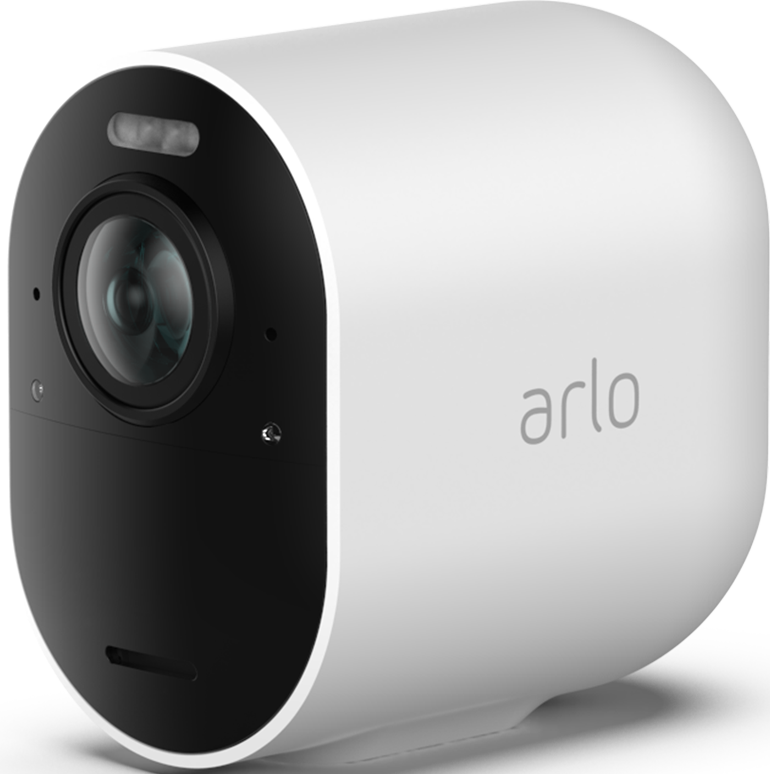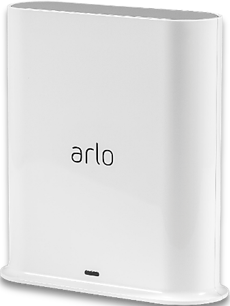- Subscribe to RSS Feed
- Mark Topic as New
- Mark Topic as Read
- Float this Topic for Current User
- Bookmark
- Subscribe
- Printer Friendly Page
- Mark as New
- Bookmark
- Subscribe
- Mute
- Subscribe to RSS Feed
- Permalink
- Report Inappropriate Content
It looks like I'm not the first to have this issue according to this reddit thread:
https://www.reddit.com/r/arlo/comments/1etupoq/arlo_hub_created_its_own_wifi_network_stepping_on/
So it looks like the smart hub looks for the strongest signal and chooses exactly that channel. This has led to cameras being unavailable sporadically and the battery being eaten away i.e. in a week, down to 43%. Why would the device choose the channel that is most occupied?! By the way the smart hub is connected to the router using ethernet.
- Related Labels:
-
Arlo Smart
-
Troubleshooting
- Mark as New
- Bookmark
- Subscribe
- Mute
- Subscribe to RSS Feed
- Permalink
- Report Inappropriate Content
If you bring a device showing these symptoms closer to your base or router does the offline message still occur?
- Mark as New
- Bookmark
- Subscribe
- Mute
- Subscribe to RSS Feed
- Permalink
- Report Inappropriate Content
@omm wrote:
Why would the device choose the channel that is most occupied?!
FWIW, that policy came from Netgear (back before Arlo was divested).
@omm wrote:
This has led to cameras being unavailable sporadically and the battery being eaten away i.e. in a week, down to 43%.
This might not be wifi interference, the signal might simply be too weak.
Try turning off the smarthub, and testing the wifi speed at the camera location with your phone. Use the free Ookla speedtest app (turning off mobile data, to make sure you are testing the wifi speed). Look at the upload speed and the packet loss info.
@omm wrote:
By the way the smart hub is connected to the router using ethernet.
Of course there is no other way to connect it. How far apart are the router and the smarthub? If possible, put them as far apart as the supplied ethernet cable can reach. If they are very close, the router transmissions can overload the smarthub receiver circuitry (and vice versa). Note that would happen even if the wifi channels were not the same.
- Mark as New
- Bookmark
- Subscribe
- Mute
- Subscribe to RSS Feed
- Permalink
- Report Inappropriate Content
The Smart Hub is sitting next to my router and one of the cameras right above it.
- Mark as New
- Bookmark
- Subscribe
- Mute
- Subscribe to RSS Feed
- Permalink
- Report Inappropriate Content
My apartment is very small and the cameras are all within a 10m radius. But yes the Smart Hub is very close to the router. I don't know if the overload theory can be motivated as the radio should be able to filter out the overloading frequency I imagine and tune to another one.
- Mark as New
- Bookmark
- Subscribe
- Mute
- Subscribe to RSS Feed
- Permalink
- Report Inappropriate Content
The theory behind using the same channel as the router is to minimize the interference between the router and hub, not eliminate it (a separate channel for the hub would introduce MORE interference). The overloading issue is due to competing WiFi routers (the hub is effectively a stripped down router) overwhelming each other's inputs so increasing the distance between them is a good idea. Usually just moving the hub as far as practical away from the router is sufficient.
- Mark as New
- Bookmark
- Subscribe
- Mute
- Subscribe to RSS Feed
- Permalink
- Report Inappropriate Content
@omm wrote:
I don't know if the overload theory can be motivated as the radio should be able to filter out the overloading frequency I imagine and tune to another one.
It can definitely cause the problem, since the overload can happen before the tuning circuitry. So I would try moving the smarthub as a test.
Another test (maybe easier) is to turn off the 2.4 ghz channel on your router. If your other devices support 5 ghz, then you don't need that channel.
@omm wrote:
My apartment
This might be the real problem. If there are a lot of routers in nearby apartments, the interference might be coming from them. Unfortunately there is not a lot you can do about that.
There are other possibilities - microwave ovens for example can interfere with wifi.
@jguerdat wrote:
The overloading issue is due to competing WiFi routers
The overload (not the same as interference) is a hardware issue. A very close transmitter can electically overload the receiver's front end electronics (the antenna circuitry). The power at the antenna decreases rapidly with distance, so even increasing the separation a small amount can help.
@jguerdat wrote:
(a separate channel for the hub would introduce MORE interference)
I don't follow your logic here.
I suspect Netgear was thinking that
- the router is picking the best channel to begin with, other channels likely wouldn't be as good
- the traffic between the cameras and the smarthub is normally low, so following the router channel would in most cases have no real impact on the overall wifi performance.
But that is just my guess.
As I've said before, Arlo should let users choose the channel (leaving the default option automatic). There are situations where the automatic policy fails. Plus it would be a useful troubleshooting tool.
-
Activity Zones
34 -
animal
1 -
Apple HomeKit
1 -
Arlo Mobile App
66 -
Arlo Q Series
1 -
Arlo Secure
41 -
Arlo Smart
441 -
Arlo Web and Mobile Apps
3 -
Before You Buy
58 -
detection
1 -
e911
14 -
Features
52 -
Firmware Release Notes
2 -
Google Assistant
1 -
IFTTT
1 -
Installation
34 -
notifications
1 -
Object Recognition
54 -
Online and Mobile Apps
17 -
Service and Storage
31 -
Servicio y Almacenamiento
1 -
Smart Subscription
268 -
SmartThings
7 -
Troubleshooting
305
- « Previous
- Next »

